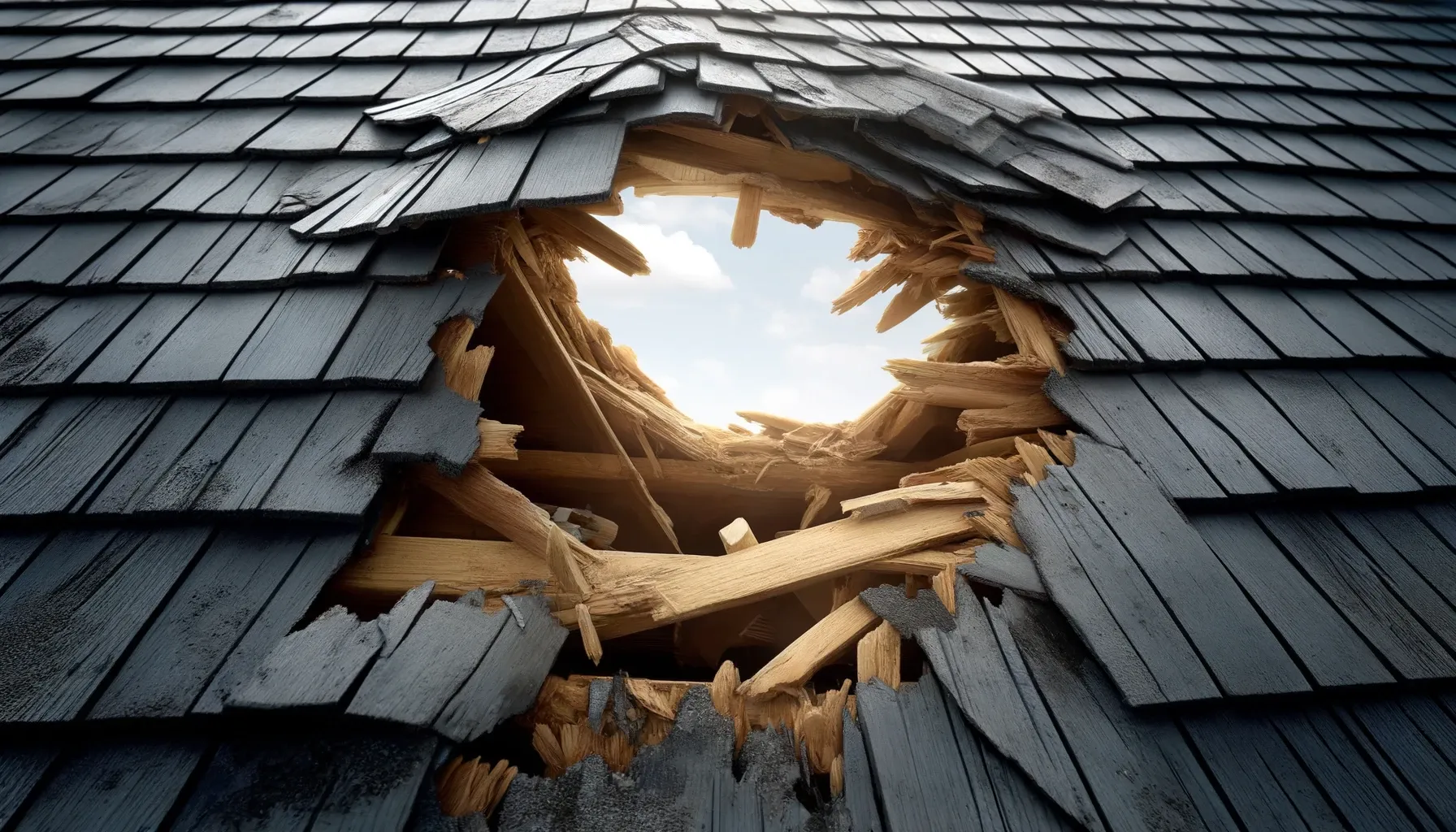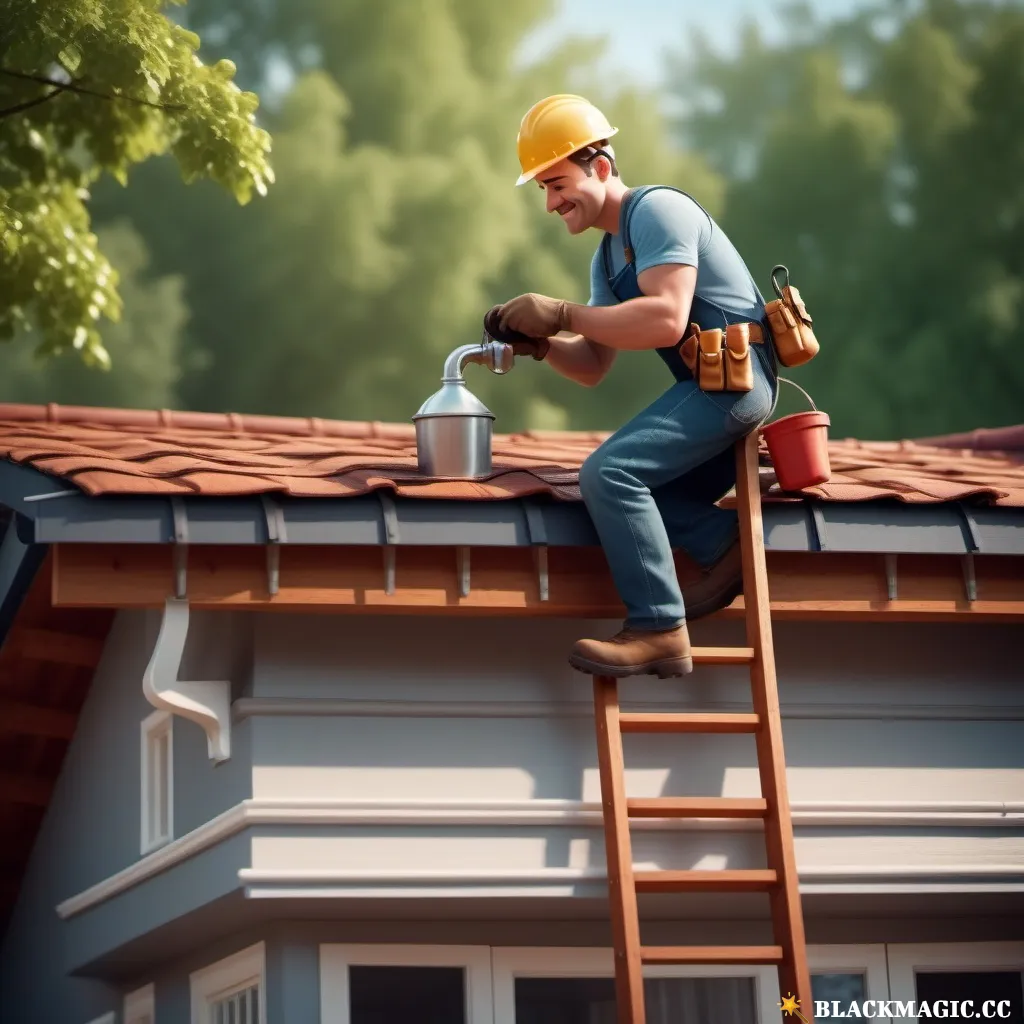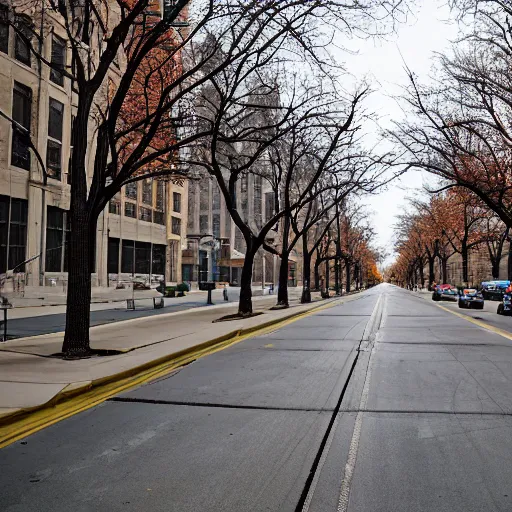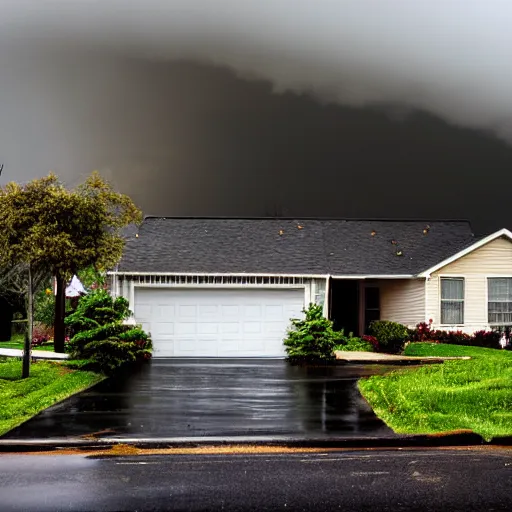Can you Roof Over a Wet Roof?
Can you roof over a wet roof
As I stood there pondering my options, the idea of roofing over the wet surface suddenly sparked my creative instincts. Is it possible to roof over a wet roof?
This article will explore the feasibility of such a daring endeavor and the potential risks and rewards that come with it. Stay tuned as we delve into this intriguing concept of roofing over a wet roof.
Can you roof over a wet roof?
Have you ever wondered if it's possible to roof over a wet roof?
In this article, I will explore the answer to this question and provide you with all the information you need to know about this topic.

The dangers of roofing over a wet roof
Roofing over a wet roof can lead to numerous issues that can affect the integrity of your roof and the safety of your home. Moisture trapped under the new roofing materials can lead to mold growth, rotting of the underlying structure, and leaks. This can result in costly repairs and potential health hazards for you and your family.
Avoiding the temptation to roof over a wet roof
It may be tempting to try to cut corners and save time by roofing over a wet roof, especially if you are working on a tight schedule.
However, it is essential to resist this temptation and take the necessary steps to ensure that the roof is properly prepared before installing new roofing materials. This will help you avoid potential problems down the road and ensure the long-term durability of your roof.

Steps to take before roofing over a wet roof
Before you can roof over a wet roof, you must take several crucial steps to ensure that the underlying structure is dry and in good condition.
Here are some essential steps to take before proceeding with the roofing project:
- Inspect the roof: Begin by inspecting the roof for any signs of damage, such as leaks, mold, or rot. Address any issues that you find before proceeding with the roofing project.
- Remove old roofing materials: If there are old roofing materials present, remove them carefully to expose the underlying structure. This will help you identify any areas that may be wet or damaged.
- Allow the roof to dry: If the roof is wet, allow it to dry completely before proceeding with the roofing project. This may require using fans or dehumidifiers to speed up the drying process.
- Repair any damage: Before installing new roofing materials, repair any damage to the underlying structure, such as rotting wood or damaged insulation. This will ensure that the new roof has a solid foundation to rest upon.
Can you roof over a slightly damp roof?
While it is not recommended to roof over a wet roof, you may be wondering if it is possible to roof over a slightly damp roof. In some cases, it may be acceptable to roof over a slightly damp roof, but only under certain conditions.
Conditions for roofing over a slightly damp roof
Before deciding to roof over a slightly damp roof, consider the following conditions:
- Low moisture levels: The roof must be only slightly damp, with low moisture levels present. If there is excessive moisture, it is essential to address the issue before proceeding with the roofing project.
- Proper ventilation: Ensure that the roof has proper ventilation to allow moisture to escape. Poor ventilation can lead to moisture build-up and damage to the roof structure.
- Dry weather forecast: Plan to roof over a slightly damp roof during a period of dry weather to allow the roof to dry out completely before any new roofing materials are installed.
- Expert consultation: If you are unsure whether it is safe to roof over a slightly damp roof, consult with a roofing professional who can assess the situation and provide guidance.
By following these conditions, you may be able to roof over a slightly damp roof without risking damage to the roof structure or the new roofing materials.
Solutions for drying out a wet roof
If you discover that your roof is wet and in need of drying out before proceeding with a roofing project, there are several solutions that you can use to speed up the drying process.
Here are some effective ways to dry out a wet roof:
Using fans and dehumidifiers
- Fans: Place fans strategically around the roof to circulate air and promote drying. Make sure to use high-powered fans to speed up the drying process effectively.
- Dehumidifiers: Use dehumidifiers to remove excess moisture from the air and help dry out the roof. These devices can be particularly useful in areas with high humidity levels.
Allowing natural ventilation
- Open windows and doors: If possible, open windows and doors to allow natural airflow to help dry out the roof. This can be particularly effective on a sunny day with a light breeze.
- Remove obstacles: Clear any obstructions that may prevent air from circulating freely around the roof, such as debris or overhanging tree branches.
Applying heat
- Sunlight: Take advantage of the sun's natural heat by exposing the roof to sunlight. This can help evaporate moisture and dry out the roof more quickly.
- Heat lamps: If natural sunlight is not available, consider using heat lamps to apply direct heat to the roof and speed up the drying process.
By using these solutions, you can effectively dry out a wet roof and ensure that it is in good condition before proceeding with a roofing project.
In conclusion, roofing over a wet roof can lead to numerous issues that can affect the integrity and safety of your home. It is essential to avoid the temptation to roof over a wet roof and take the necessary steps to ensure that the roof is properly prepared before installing new roofing materials.
By following the recommendations in this article and taking the time to dry out a wet roof before proceeding with the roofing project, you can ensure the long-term durability and performance of your roof.







